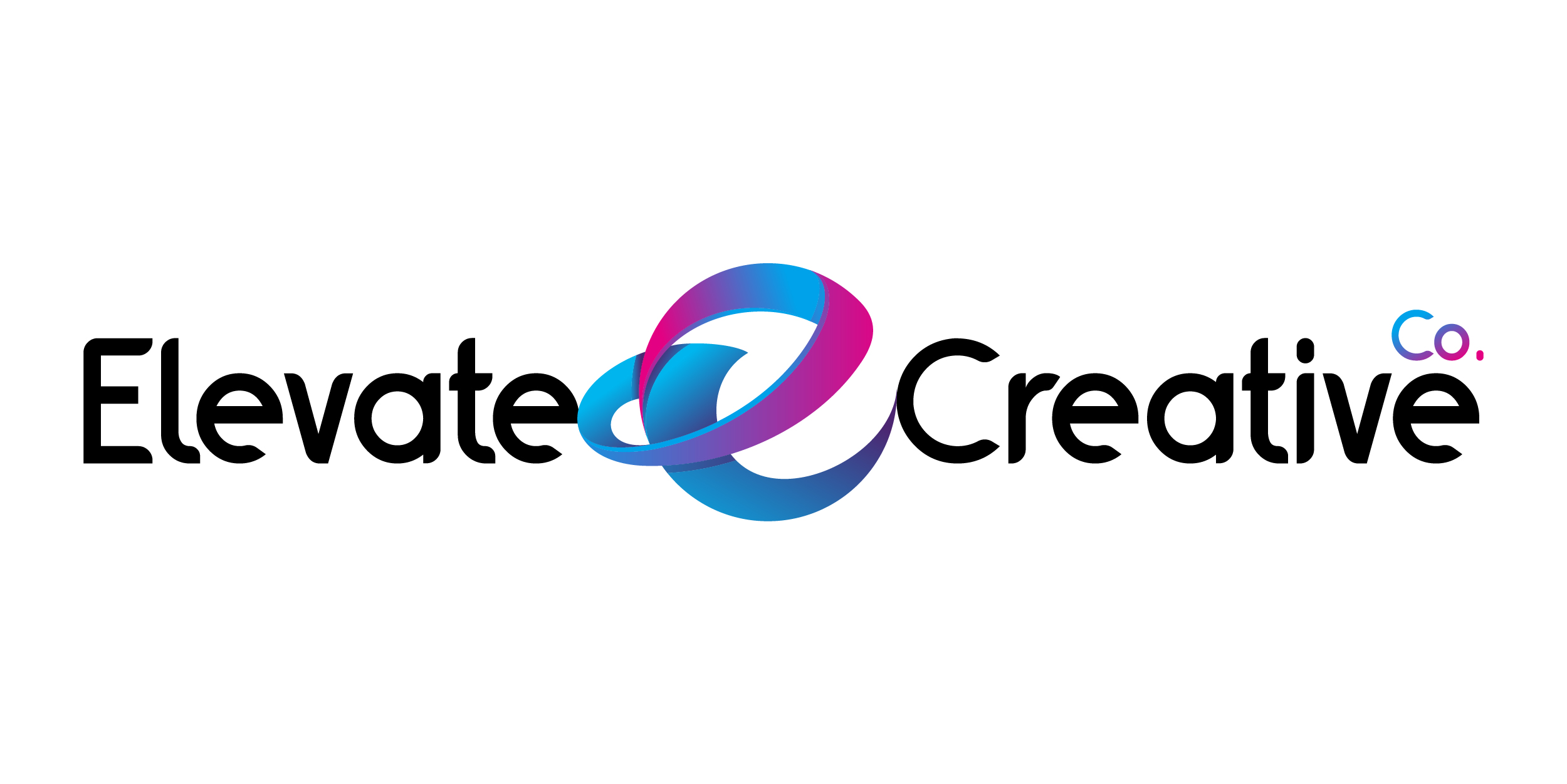Audience Building
Social media is a two way communication platform. To build an engaged audience, you need to engage first. This guide will explore the basics of social media engagement.
Social Media Engagement – What is it?
With social media becoming an important component in a digital marketing strategy, what sets successful businesses apart isn’t just their presence on social platforms, its how they engage with their audience.
Social media engagement is the currency of interaction on social platforms. It encompasses likes, shares, comments, retweets, and all forms of feedback from your audience. It’s essentially the digital equivalent of a handshake, allowing businesses to connect more deeply with their customers.
Engagement drives conversation and fosters a community around your brand. It’s not just a metric; it’s a gateway to building relationships and loyalty. When you engage effectively, you increase your brand’s visibility and credibility, leading to improved business outcomes.
The challenge with engagement lies in defining it beyond the superficial. It’s easy to get distracted by vanity metrics, such as follower count, that don’t tell the whole story. True engagement is a two-way interaction — it’s about quality, not quantity. There are thousands of accounts on social platforms with high follower counts, but they barely make enough money to pay the bills. Then, there are other smaller accounts with just 500 followers who are bringing in a healthy turnover.
Why Vanity Metrics Should be Avoided
The number of likes on a post can be a misleading indicator of success. Focusing solely on these metrics can lead you to make strategic decisions based on false positives. In the long run, this approach can undermine your social media goals and return on investment (ROI).
The Deceptive Allure of Likes
Likes are the most basic form of engagement, and while they may feel rewarding, they don’t necessarily contribute to your business objectives. A post with thousands of likes might perform poorly in driving website traffic or sales.
The Real Cost of Follower Count
While a large following may seem like a triumph, it often includes inactive or irrelevant accounts. These so-called ‘zombie followers’ skew your data, dilute your messaging impact, and misrepresent your actual reach.
Indicators of Engagement: Shares, Saves, and Comments
Shares, saves, and comments tell a richer story. They imply that your content resonated enough with your audience that they wanted to take more action beyond just a passive like.
The Ripple Effect of Shares
A share is an endorsement. It amplifies your message to new audiences and implies trust in your brand. Encouraging shares can exponentially grow your visibility and credibility.
The Longevity of Saves
When a user saves your content, they find it not just useful but valuable; they intend to return to it. This is a strong signal that your content is relevant and worthy of being top-of-mind for your audience.
The Conversational Value of Comments
Comments open the door to genuine conversation. They provide an opportunity for feedback, questions, and community building. A post with numerous thoughtful comments is a treasure for every social media manager.
Direct Messages
The direct message feature available on most social platforms is a feature where conversations can be started, friends made and customers created.
Leveraging Engagement to Start Conversations
Starting a conversation on social media can feel daunting, but it’s a powerful way to humanise your brand and understand your audience better.
Listen First, Speak Second
Spend time on each platform listening to what your audience is talking about. Engage with their content before expecting them to engage with yours. This reciprocal approach can turn passive observers into active participants.
Create Engaging Content
Content that solves a problem, sparks emotion, or simply entertains has a higher likelihood of generating engagement. Pay attention to what types of content produce the best results and adjust your strategy accordingly.
Be Responsive
The conversation doesn’t end with your post. Respond promptly and thoughtfully to comments and messages. This shows your audience that you value their input and can turn a one-off comment into an ongoing discussion.
Track and Analyse Engagement Over Time
To make informed decisions, you must measure the effectiveness of your engagement strategies. Fortunately, social media platforms offer robust analytics that can help you understand your audience’s behaviour and preferences better.
Set Baselines and Goals
Determine what acceptable levels of engagement are for your business, and set specific goals to improve those metrics. Tracking progress against these benchmarks allows you to measure the ROI of your social media efforts.
A/B Testing for Optimising Engagement
Experiment with different types of content, posting times, and interaction styles to see what resonates most with your audience. A/B testing is a valuable tool for refining your engagement strategy.
Customer Spotlight Campaigns
Featuring user-generated content or customer success stories not only celebrates your supporters but also encourages others to engage with your brand in hopes of being highlighted.
Interactive Polls and Quizzes
Simple, interactive elements like polls and quizzes can make your audience feel valued and drive higher engagement rates.
Live Q&A Sessions
Hosting live Q&A sessions on social media gives your audience a direct line to your brand and allows for authentic, real-time engagement.
Social media engagement is no longer optional – it’s an essential task for every business. Authentic interaction drives brand growth and is the foundation of a loyal customer base. The true essence of engagement lies in its ability to foster meaningful connections, and that’s where the real value for business lies.
Author Bio
Lotan is an experienced marketer, social media strategist and content creator, with a strong agency background and expertise working with leading brands on successful online campaigns.
